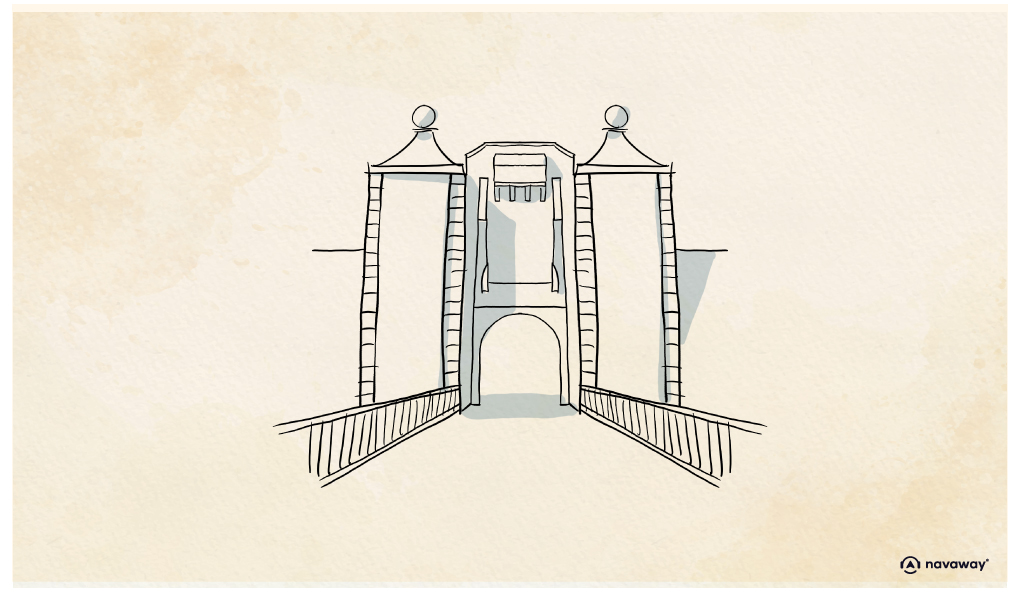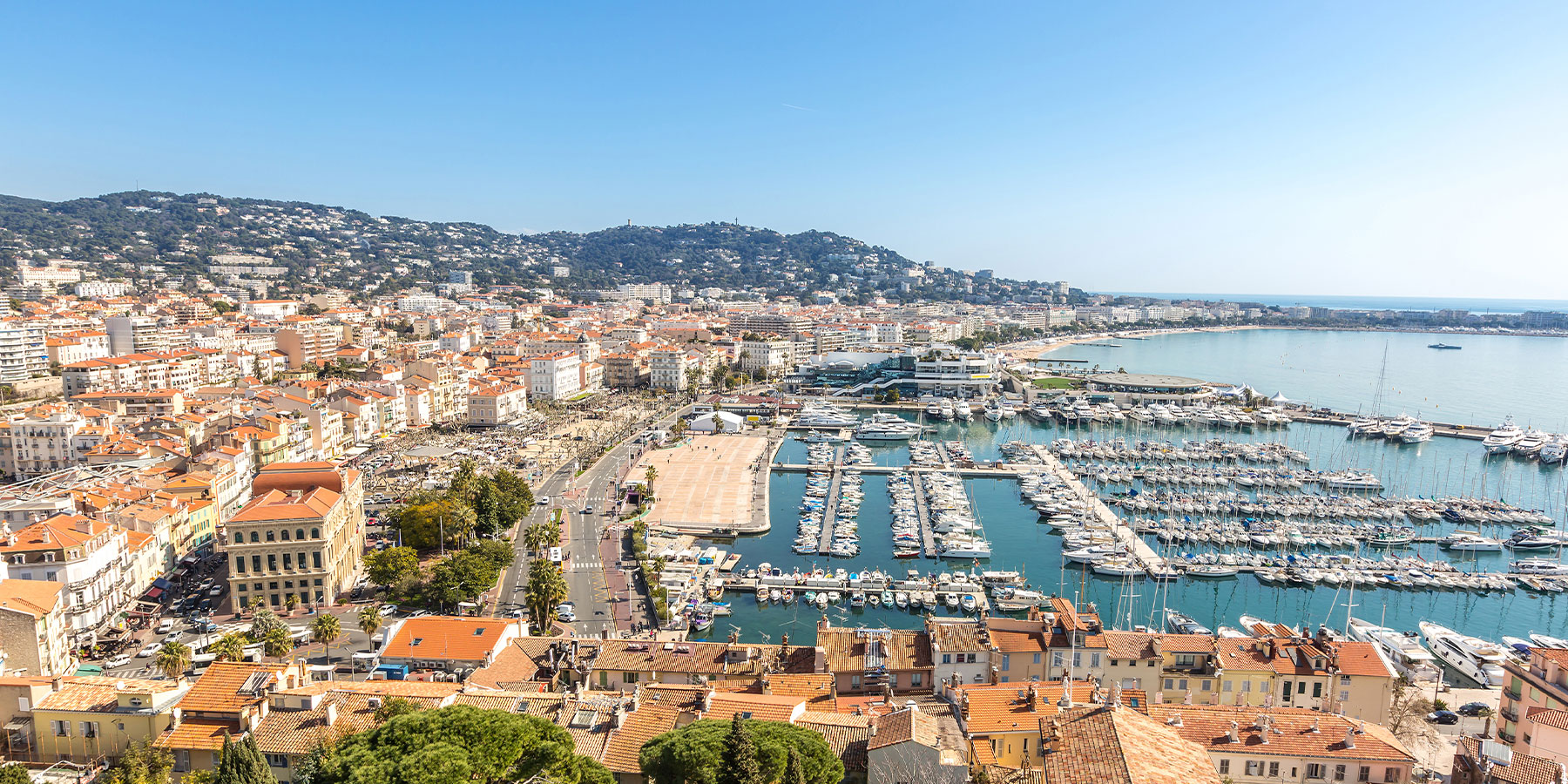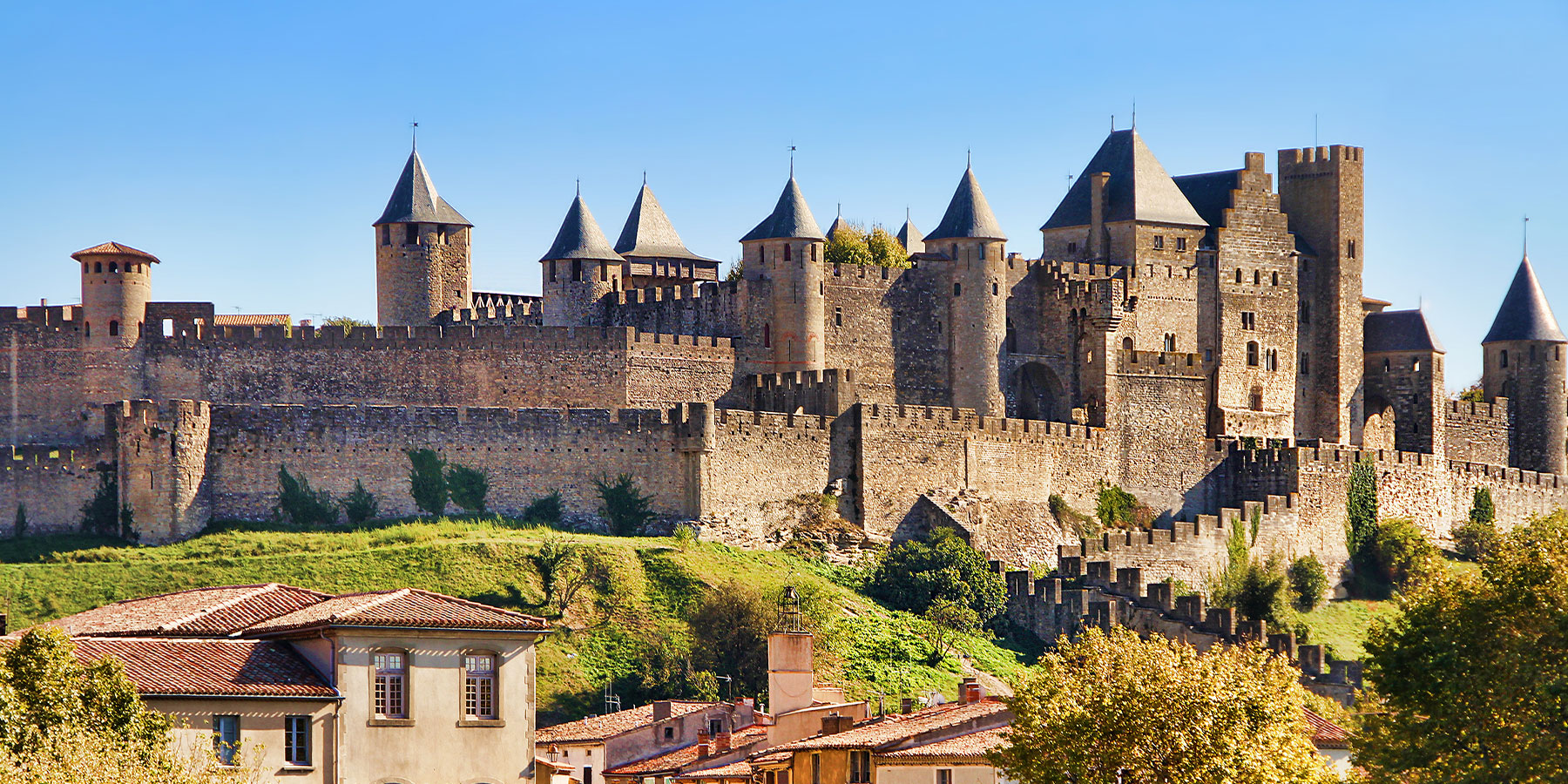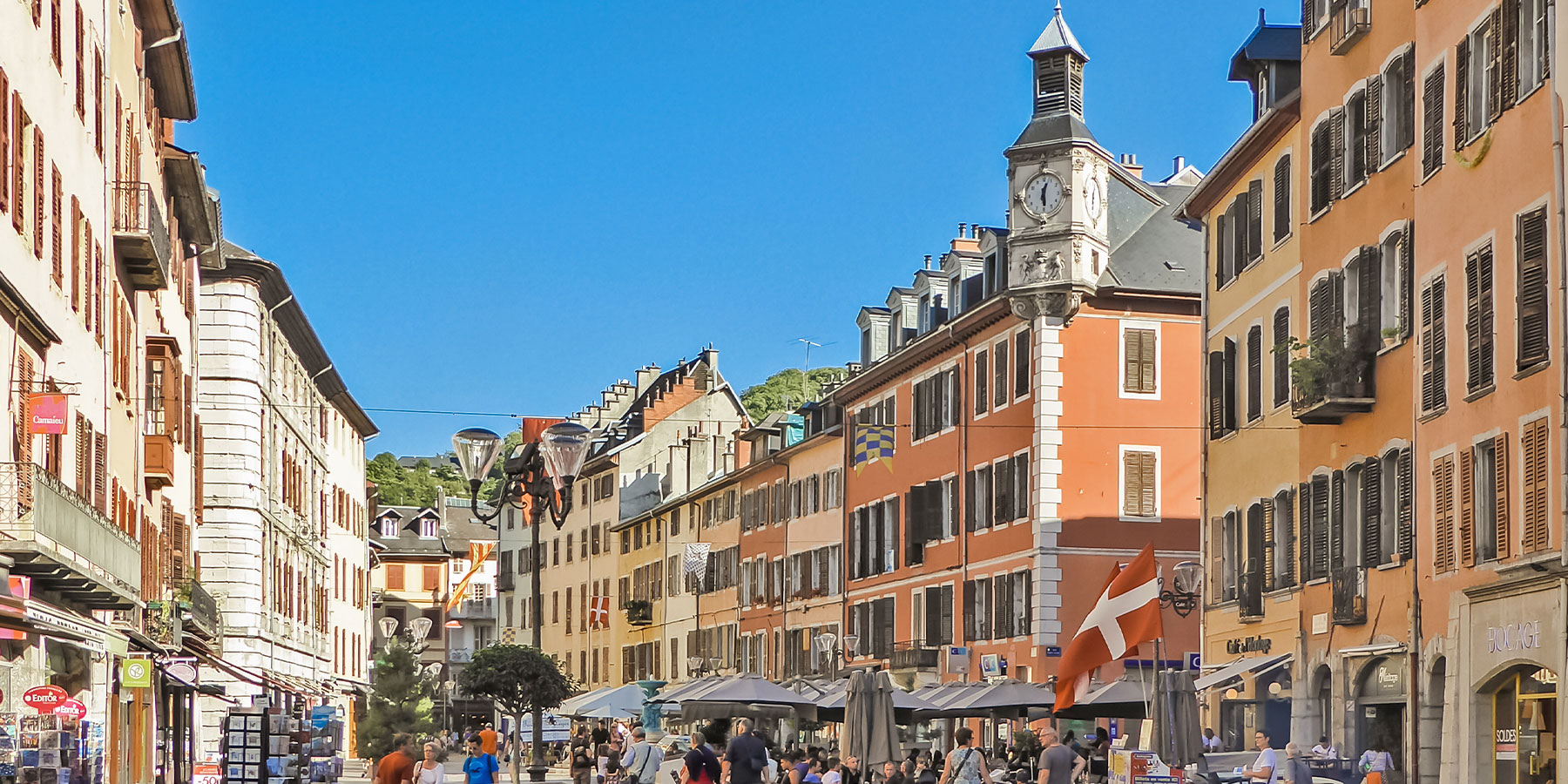
Calais Citadel

This point of interest is available as audio on the tour: Visit Calais, Between Two Shores
After reclaiming Calais from the English in 1558, the French kings had one goal in mind: never to lose it again. To secure the city, they spared no effort—demolishing the medieval castle once occupied by the Counts of Boulogne and later the English kings, to build a vast new citadel in its place. You can glimpse part of it on your left, just beyond the Freycinet Bridge. Constructed between 1560 and 1571, and later improved with input from the famed military engineer Vauban, the fortress was designed to suit modern warfare, including the growing use of artillery. But even the best defenses couldn’t prevent future threats. In 1596, Archduke Albert of Austria, governor of the Spanish Netherlands, managed to take Calais—though only briefly. In the centuries that followed, the citadel remained mostly unchanged—until World War II. In 1940, Calais was surrounded by German forces. The citadel, used as a resistance stronghold, came under heavy fire. After a 36-hour siege, French defenders surrendered, and some were executed. A memorial stone inside the walls honors five of them. Today, the citadel houses a large sports complex, with football, rugby, and tennis fields. Its ramparts, historic gates, and dry moats remain a fantastic place for a scenic walk steeped in history.


Discover Calais with app
An interactive guide through the most beautiful streets, squares, and districts
24 fun audioguides full of historical facts, anecdotes, and legends





Comments